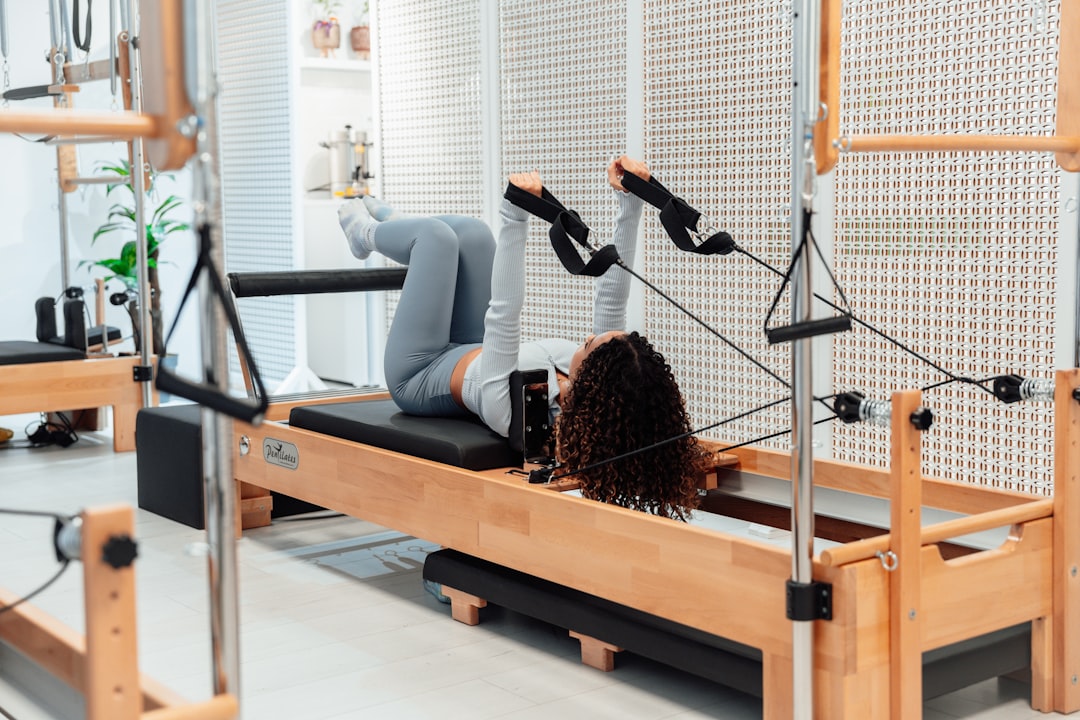No products in the cart.
Revolutionizing Rehabilitation: The Role of AI in Physiotherapy
AI is revolutionizing physiotherapy with smarter rehab programs. Discover how technology is reshaping careers in rehabilitation.
Revolutionizing Rehabilitation: The Role of AI in Physiotherapy
Imagine a world where rehabilitation is not just a series of repetitive exercises but a tailored journey guided by artificial intelligence. Where every movement is monitored, analyzed, and adjusted in real-time to maximize recovery. This is the future of physiotherapy, and it’s arriving faster than you might think.
As healthcare continues to embrace digital innovation, physiotherapy is undergoing a radical transformation. AI-driven technologies are not only enhancing patient outcomes but are also paving the way for new career opportunities in this evolving field. At the heart of this shift are smart wearables and sophisticated algorithms designed to personalize rehabilitation programs.

Context and Background
Physiotherapy has traditionally been a hands-on profession, where therapists assess and treat patients through direct interaction. However, as wearables become more advanced, they are enabling a new model of care. Devices that track movement, measure progress, and even predict potential setbacks are becoming commonplace. They allow for a more precise approach to rehabilitation, one that can adapt to a patient’s unique needs.
The incorporation of AI into physiotherapy is not merely about technology; it’s about creating a more effective and efficient healthcare system. For instance, the use of AI algorithms can analyze data from wearables and provide therapists with insights that were previously unattainable. This data-driven approach can lead to more informed decisions, ultimately leading to better patient outcomes.
 AI
AIElon Musk on AI and Automation’s Role in Job Displacement
Elon Musk responds to concerns over job loss due to automation, emphasizing the evolving role of AI in the workforce.
Read More →Yet, instead of shying away, she chose to upskill, attending workshops on AI and data analysis.
The Human Element
But what does this mean for the future of physiotherapists? As machines take on more analytical tasks, the role of human practitioners will evolve. They will become not just providers of care but also interpreters of data, guiding their patients through a more personalized rehabilitation journey. This shift demands new skills and a willingness to embrace technology.
Take the story of Sarah, a 28-year-old physiotherapist who has embraced this change. After completing her degree, she found herself overwhelmed by the pace of technological advancements in her field. Yet, instead of shying away, she chose to upskill, attending workshops on AI and data analysis. Today, she utilizes smart wearables in her practice, allowing her to tailor rehabilitation programs with unprecedented accuracy.
Sarah’s journey is emblematic of a new generation of physiotherapists who are not just adapting to change but are actively shaping it. As they embrace AI, they are discovering new ways to connect with their patients, offering support that extends beyond the clinic.
Analysis of Perspectives
The benefits of AI in physiotherapy are clear, but they do not come without challenges. While many therapists like Sarah are enthusiastic about the potential of technology, others express concerns about the loss of the human touch in patient care. The fear of becoming overly reliant on machines could overshadow the fundamental relationship that defines physiotherapy. After all, healing is as much about emotional support as it is about physical rehabilitation.
 Career Trends
Career TrendsThe Impact of Work-Life Balance Trends in 2025
This analysis delves into the changing landscape of work-life balance in India, the USA, and the UK as we move…
Read More →Moreover, there are questions about accessibility. As AI-driven solutions become more prevalent, will they be available to all patients, or will they create a divide between those who can afford advanced care and those who cannot? The challenge lies in ensuring that innovation in physiotherapy is inclusive, providing equitable access to the benefits of technology.
Additionally, as the landscape of physiotherapy evolves, educational institutions must adapt their curricula to prepare future therapists for this new reality. Programs that integrate AI training and emphasize digital literacy will be crucial in developing a workforce that is equipped for the challenges ahead.
Additionally, as the landscape of physiotherapy evolves, educational institutions must adapt their curricula to prepare future therapists for this new reality.
Looking Forward
The integration of AI in physiotherapy is not just a trend; it represents a paradigm shift in how we approach rehabilitation. As smart technologies continue to advance, they will enable therapists to deliver care that is not only more effective but also more compassionate.
Your future physiotherapist may soon be as comfortable interpreting data as they are demonstrating exercises. For young professionals considering a career in this field, the message is clear: embrace technology, pursue continuous learning, and remain committed to the human aspect of care.
 Software Engineering
Software EngineeringThe Emerging Market of Carbon Removal: Startups and Innovation
Emerging startups in carbon removal are reshaping the landscape of sustainability. Explore their innovations and implications for the future.
Read More →As we stand on the brink of this new era in physiotherapy, one thing is certain — the path to recovery is about to become a lot smarter.











